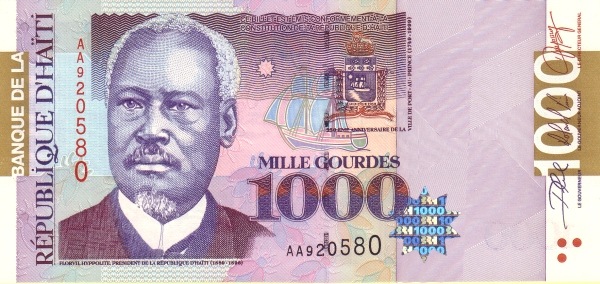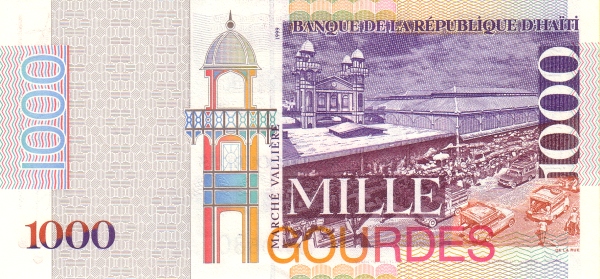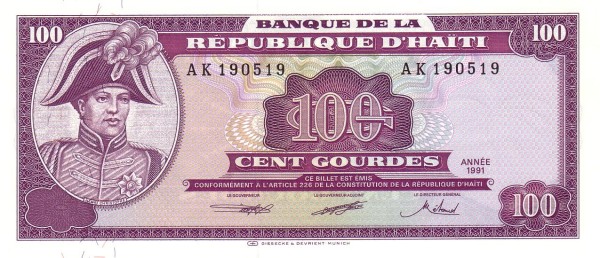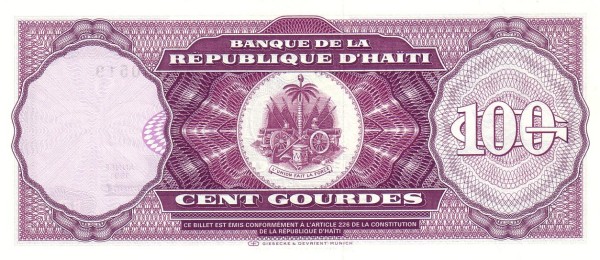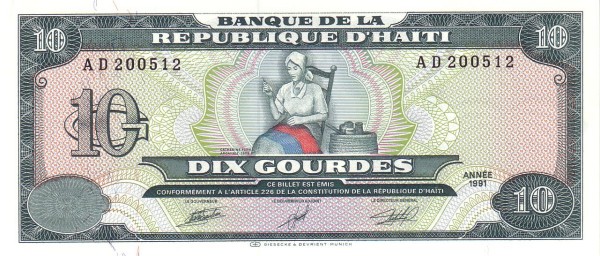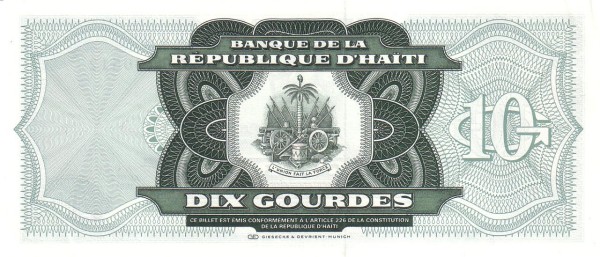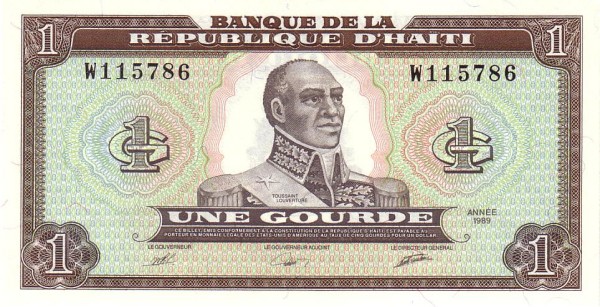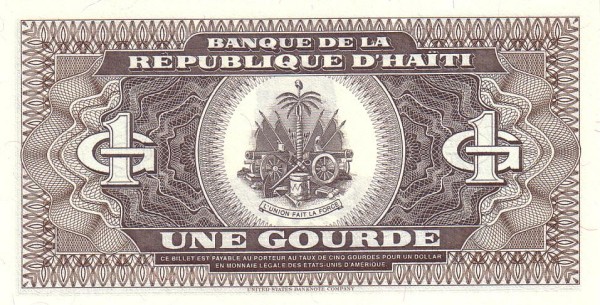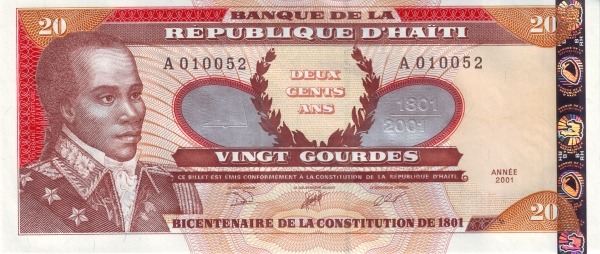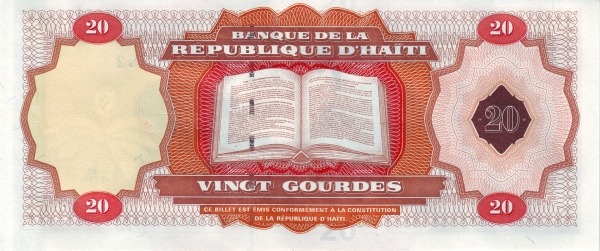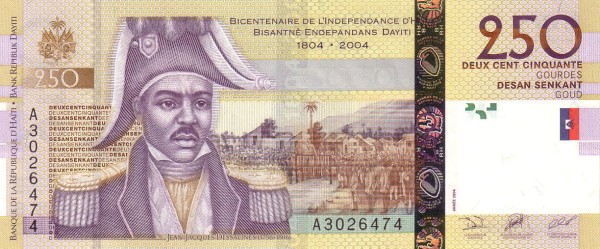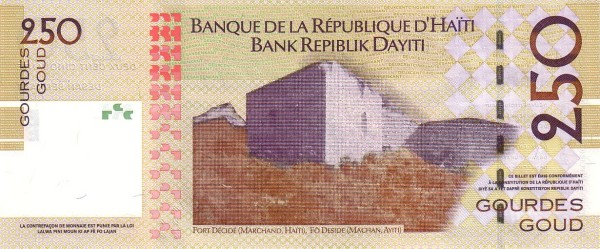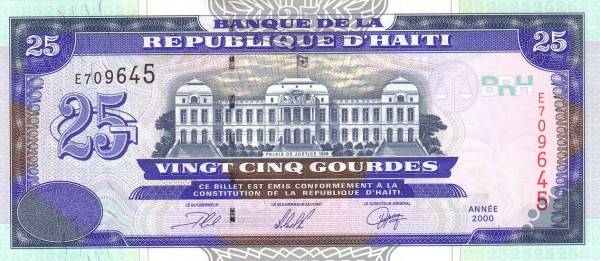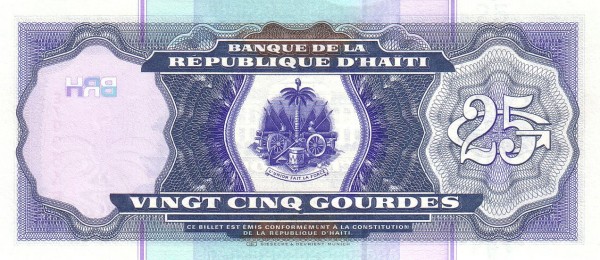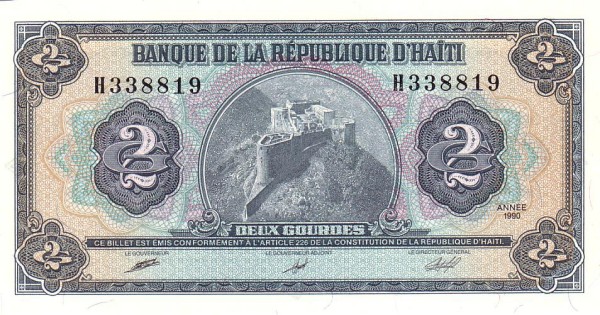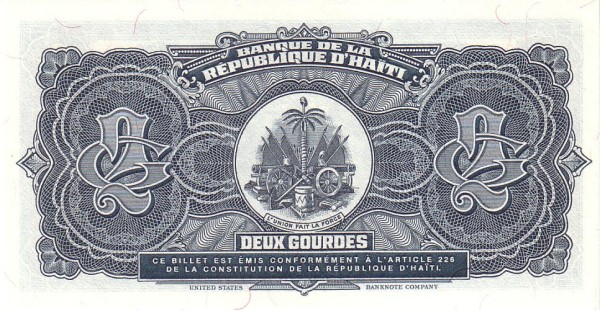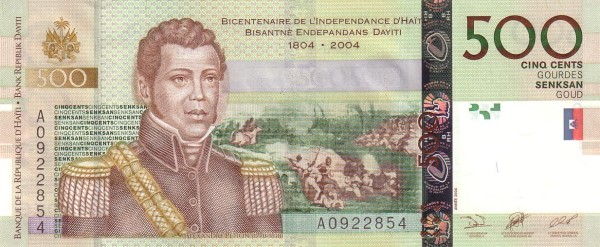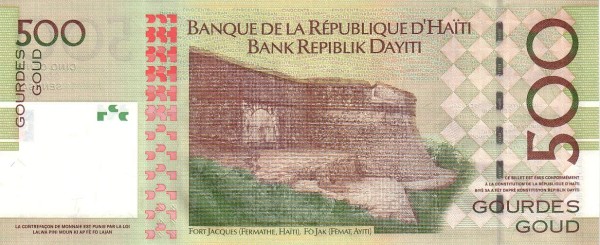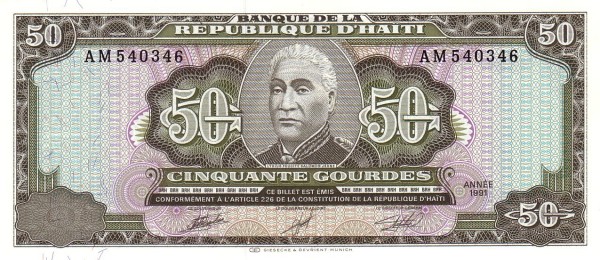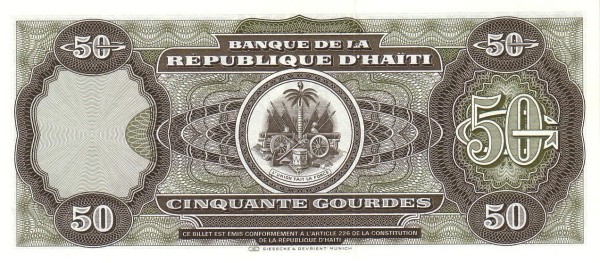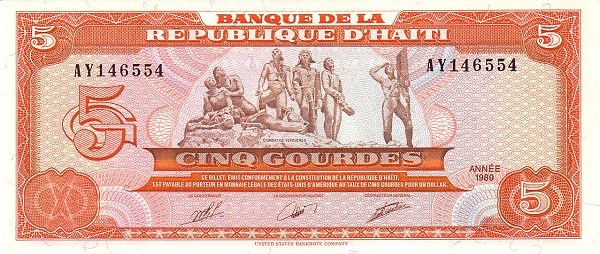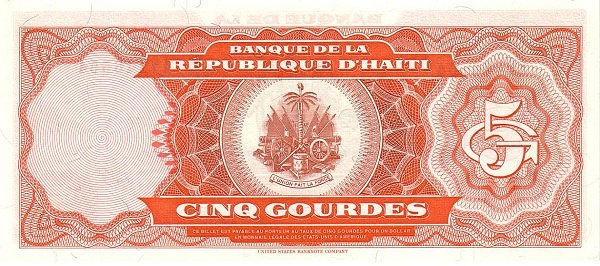Exploring the Rich Tapestry of Haiti
Haiti, nestled on the stunning island of Hispaniola, boasts a unique position between the Atlantic Ocean to the north and the Caribbean Sea to the south. This vibrant nation, slightly smaller than Maryland, encompasses an area of approximately 27,750 km². It shares the island with the Dominican Republic, creating a blend of cultures and histories. Notably, Haiti ranks among the most mountainous countries in the Caribbean, with its highest point being Pic la Selle, soaring to 2,680 meters (8,793 feet). In terms of demography, a remarkable population of around 10 million people calls Haiti home, while Port-au-Prince stands proudly as the capital city.
Government Structure and Historical Milestones
The government of Haiti operates as a republic with an elected administration. Marking a turning point in its history, Haiti declared independence from France on January 1, 1804. This monumental achievement inspires national pride and reflects the resilience of the Haitian people. The Constitution of the Republic, which forms the backbone of its governance, was established in March 1987, further solidifying the nation's democratic framework.
Geographical Wonders of Haiti
Geographically, Haiti occupies the western one-third of Hispaniola, strategically positioned between the Caribbean Sea and the North Atlantic Ocean. The country features rugged mountains, small coastal plains, and verdant river valleys punctuating the landscape. A notable aspect of its geography is the elevated plateau in the east-central region, which exhibits stunning vistas. Furthermore, Haiti's offshore territories, including Ile de la Gonave and Ile de la Tortue, contribute to its natural beauty.
Climate and Environmental Conditions
The climate in Haiti varies from tropical to semi-arid, offering a rich ecological diversity. High humidity prevails in many coastal regions, while the eastern mountains shield parts of the island from the trade winds. This interplay of geography and climate fosters unique ecosystems that support a variety of plant and animal life.
Diverse Population and Culture
The Haitian population, predominantly of African descent (approximately 95%), showcases a vibrant tapestry of cultures and traditions. In addition, around 5% of the population is of mixed African and European descent. The nation's rich cultural heritage finds expression in music, art, and religious practices. Roman Catholicism dominates religious affiliations at 80%, while Protestantism accounts for 16%. Interestingly, voodoo, a prominent part of Haiti's cultural fabric, gained official recognition from the government in 2003. Moreover, the official languages are Creole and French, with a literacy rate estimated at 50%. This blend of languages and cultures contributes to Haiti's dynamic societal landscape.
Natural Resources and Economic Foundations
Haiti is endowed with diverse natural resources, including bauxite, copper, calcium carbonate, gold, and marble. These resources play a crucial role in shaping the country's economy. Agriculture also thrives, with key products like coffee, mangoes, sugarcane, rice, corn, and cacao. The nation exports a variety of commodities, including apparel, oils, cocoa, and coffee. Remarkably, the United States remains Haiti's primary trading partner, absorbing approximately 85.3% of exports as of 2015. This strong trade relationship underscores the economic ties that bind the two nations.
Key Exports and Imports
When examining the economic landscape, one must consider Haiti's import profile as well. The country primarily imports food, manufactured goods, machinery, and transport equipment. Partnering with nations like the Dominican Republic (35.3%), the United States (24.5%), and China (9.4%), Haiti continues to develop its economy through strategic trade relationships.
A Glimpse into Haiti's Agriculture and Industry
Agriculture in Haiti is not merely a livelihood; it serves as a critical backbone for many families. With major crops such as coffee, mangoes, sugarcane, rice, and corn, agriculture demonstrates the resourcefulness of the Haitian people. In addition to agriculture, industry plays a pivotal role, encompassing sectors like sugar refining, flour milling, textiles, and cement production. The combination of these industries, alongside light assembly operations utilizing imported parts, illustrates the multifaceted nature of Haiti’s economy.
The Resilient Spirit of Haiti
In conclusion, Haiti stands as a testament to resilience and cultural richness. This Caribbean nation, with its fascinating geography, diverse population, and vibrant economy, continues to navigate complex historical narratives while embracing its unique identity. As Haiti progresses toward a brighter future, the spirit of its people remains an enduring source of inspiration.
Largest cities of: Haiti
| City Name | Population | Year of foundation | |
| Port-au-Prince | 987,310 | 1749 | |
| Cap-Haïtien | 284,000 | 1665 | |
| Saint-Marc | 100,000 | 1751 | |
| Les Cayes | 62,800 | 1764 | |
| Ouanaminthe | 50,000 | 1793 | |
| Jacmel | 40,000 | 1698 | |
| Port-de-Paix | 26,000 | 1665 | |
| Gonaïves | 23,800 | 1770 |
Haiti: Money
